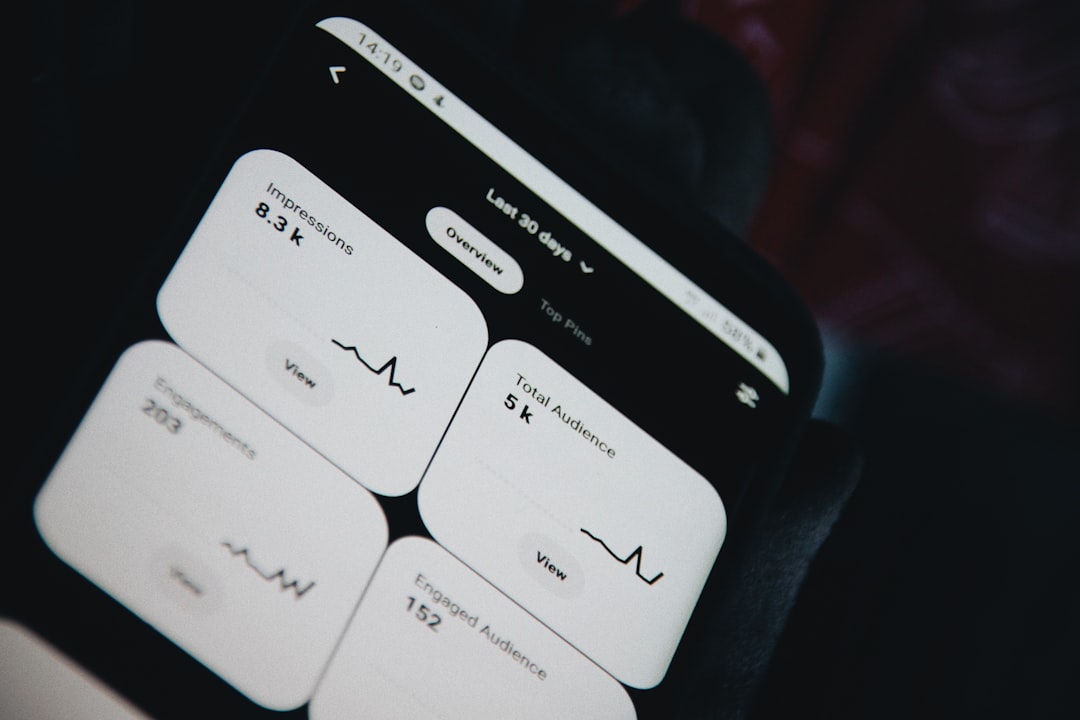
Understanding Market Dynamics: A Beginner's Guide to How Markets Work.
# Introduction. Understanding how markets operate is essential for anyone interested in economics or business. A market can be defined as an arena where buyers and sellers interact to exchange goods, services, and other resources. This guide aims to demystify the concept of markets, breaking it down into clear and understandable segments for beginners. # The Basics of Market Dynamics. At its core, a market comprises two fundamental forces: supply and demand. Supply refers to the quantity of a good or service that producers are willing to sell at various price levels. On the other hand, demand describes how much of a product consumers are willing to purchase at different prices. The relationship between these two forces shapes the pricing and availability of products. In a freely functioning market, prices fluctuate according to changes in supply and demand. For instance, if a tech gadget becomes immensely popular, the demand will increase. If producers are unable to meet this surging demand, prices are likely to rise. Conversely, if too many gadgets are produced and they do not sell, prices may decline as sellers attempt to attract buyers. # Types of Markets. Markets can be broadly classified into various types, with the most common being: - **Perfect Competition:** Characterized by a large number of buyers and sellers, where no single entity can influence prices. Homogeneous products are traded, and information is freely available to all participants. - **Monopolistic Competition:** Similar to perfect competition, but with differentiated products. Sellers have some control over their pricing due to unique product features. - **Oligopoly:** A market structure dominated by a small number of firms. Each firm has substantial market power, and their decisions can directly affect the prices and available quantities in the market. - **Monopoly:** A market with a single seller who dominates the entire supply of a product or service, allowing them to set prices without competition. # The Role of Competition. Competition is a driving force in market economies. When firms compete, they are incentivized to improve their products, lower prices, or enhance customer service. This competition results in better options for consumers and helps keep prices in check. However, excessive competition can lead to negative outcomes for businesses, such as price wars that can harm profitability. In regulated markets, government interventions may occur to maintain a level playing field and prevent monopolies from forming. Regulatory bodies ensure that competition remains healthy, benefiting consumers and the economy. # The Importance of Consumer Behavior. Consumer behavior plays a pivotal role in how markets function. Understanding what drives consumers’ buying decisions is crucial for businesses. Factors like personal preferences, income levels, cultural influences, and social trends can significantly impact demand. Consider how consumer perceptions can drastically influence how products are marketed. A surge in health consciousness can lead to increased demand for organic foods, compelling producers to adjust their offerings. Marketers often analyze consumer behavior to tailor their products and advertising strategies effectively. # Economic Indicators and Market Influence. Economic indicators such as Gross Domestic Product (GDP), unemployment rates, and inflation are vital for understanding market dynamics. These indicators provide insights into the overall economic health of a region, influencing investor confidence and, subsequently, market performance. For instance, a rising unemployment rate may decrease consumer spending, leading suppliers to lower production levels—thus affecting prices. Investors and policymakers closely monitor these indicators to make informed forecasts about market trends and necessary interventions. # Conclusion. In essence, understanding how markets work is fundamental to navigating the world of business and economics. A market is a dynamic construct defined by the interplay of supply and demand, competition, and consumer behavior. By grasping this essential framework, beginners can confidently approach various topics in economics, paving the way for deeper explorations of market intricacies. Whether you aspire to become an entrepreneur, economist, or simply a more informed consumer, knowing how markets function will empower you in this ever-evolving global economy. .







